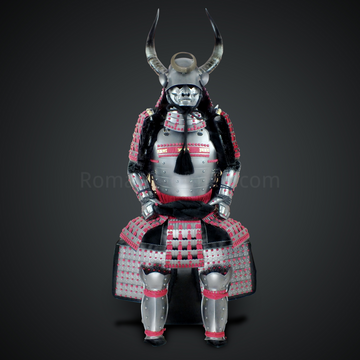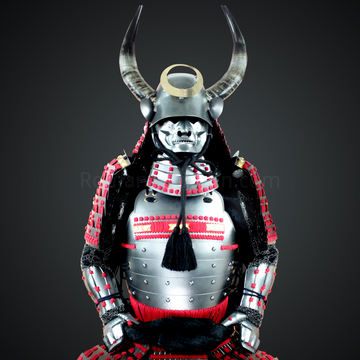Ko-Mokume Hada in Japanese Katana terminology
What is Ko-Mokume Hada in Japanese Katana terminology?
Ko-Mokume Hada or 小杢目肌 in Japanese, refers to a type of pattern on the surface of the ground iron (jigane) of a Japanese sword. The term ""Mokume Hada"" refers to a pattern that resembles the grain of wood, specifically the rings of a tree.
In the case of ""Ko-Mokume Hada"", the pattern is so small that the characteristic appearance of the tree rings in the Mokume Hada is hardly noticeable. The term ""Ko"" in Japanese means small, indicating that the pattern is a smaller version of the Mokume Hada.
This pattern is seen in the works of swordsmiths from the Yamashiro tradition's Awataguchi school and the founder of the Soshu tradition, Shintogo Kunimitsu, who are known to use the highest quality iron.
The pattern of the ground iron (jigane) plays a significant role in the aesthetics and value of a Japanese sword. It is one of the factors that sword connoisseurs look at when evaluating a sword. The Ko-Mokume Hada, with its finely detailed pattern, is a distinctive feature that sets the sword apart.







